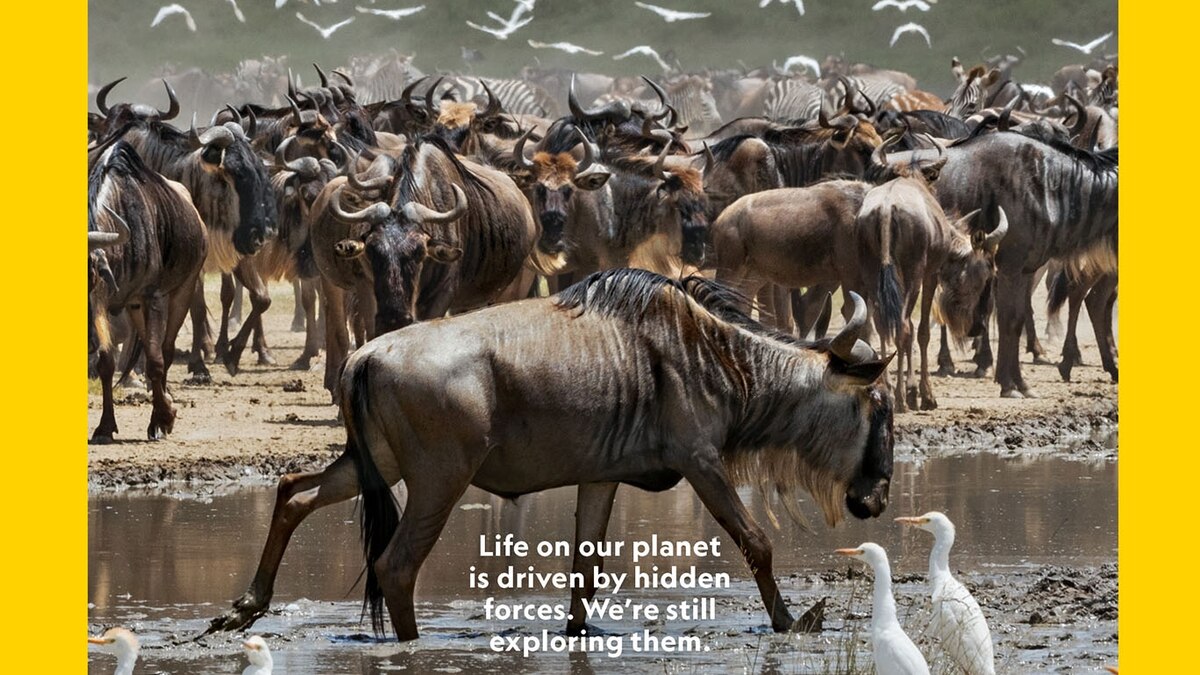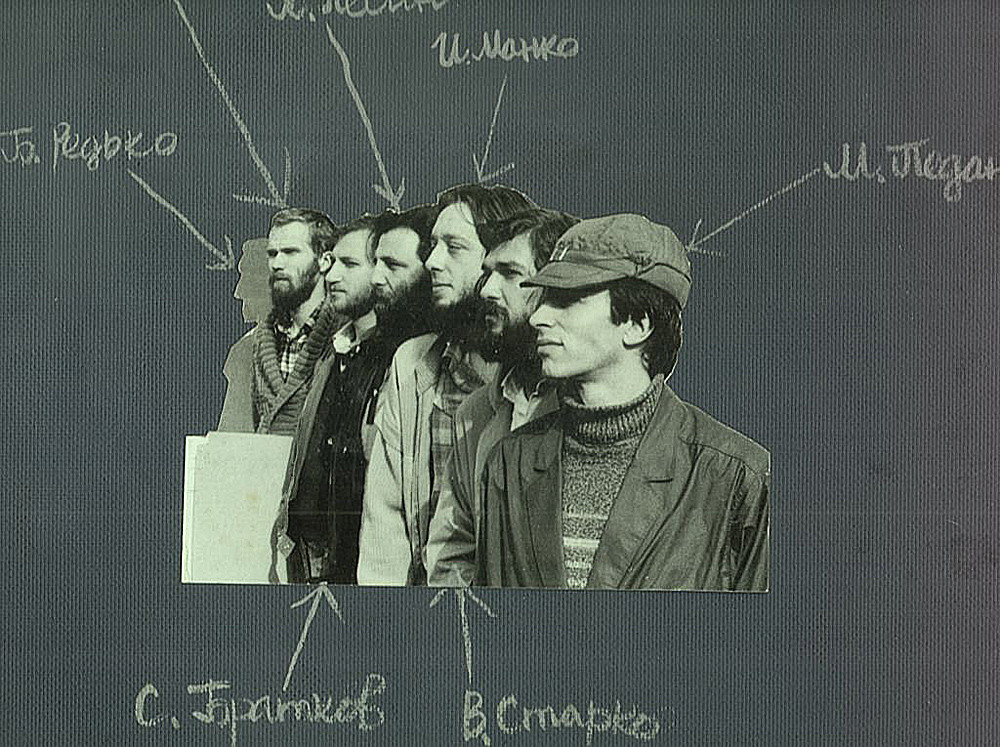Table of Contents
Charlie Hamilton James is an English photographer who focuses on wildlife subjects and issues concerning conservation, natural history, and anthropology.
Hamilton James dabbled in photography before he got his start working in film and television, and eventually shifting back to photography. Since then, his work has been featured in several issues of National Geographic, on BBC Television, and in the Smithsonian National Museum of Natural History.
We recently spoke with Hamilton James and deputy photo editor Kathy Moran to learn more about how they worked together on his third National Geographic cover.
What’s the story behind the cover?
Welcome to Earth is several years in the making from the submission of the initial proposal to actually being on the ground with a team. Moran says logistic challenges arise that can impact the scope and overall timing of a project.
“You’re up against seasons and migration and this and that,” she says. “It can just take a long time from start to finish and this was one of those projects.”
The Serengeti has a long history in National Geographic from stories on tourism and its impact on wildlife to the pride of the Serengeti lion, but it had not been covered holistically in decades. Hamilton James and Moran agreed that a deeper dive into “wildlife as something integral to that ecosystem” was much needed.
(Click here to learn more about the Serengeti.)
Hamilton James says he’s drawn to projects and stories that have been covered but may have been forgotten because they’re obvious, like the Serengeti—which he describes as “one of the most important animal locations in the world.”
Hamilton James chose to shoot many of his images at an area known as the Hidden Valley in the southern Serengeti. He knew he’d be able to see a massive herd of animals, including lions and wildebeests, in that area near the water source featured on the cover.
“Maybe 100,000 animals are going to come through Hidden Valley in a day,” he says. “And I’m going to be there because that’s where the action is.”
What’s inside this issue:
Hamilton James takes thousands upon thousands of photos when on assignment, but he makes sure to review and select his best images each night before bed. Then, he’ll narrow it down to about 500 photos to submit to Moran.
The two spent about three four- to five-hour long phone calls choosing the final shots to submit. Both Hamilton James and Moran say they rarely disagree on which photos to include when editing a project.
Moran says that Hamilton James’ filmmaking background translates into a narrative photography style, which makes him easy to edit.
She likens photo editing to “having a silent conversation with a photographer,” where you’re looking at what they were seeing and feeling during the shoot.
“You really have to believe in each other and trust that it’s all going to come together,” Moran says.
Hamilton James says he normally steps back at that point in the editing process and allows editors to further mold the project. This time, however, he got more involved and advocated for an image of tourists watching the animals to be included in the final story. He felt that image was important in telling a more accurate story and showcasing the essential nature of both humans and animals in the Serengeti’s ecosystem.
“If you want the truth, just look the other way” of the animals, he says.
Coincidentally, Hamilton James says his favorite past National Geographic cover story was also about the Serengeti. In 2016, he shot images for a feature on the importance of saving vultures.
What’s featured on the cover?
There are several layers featured in Welcome to Earth, according to Hamilton James and Moran. Hamilton James explains that the Seregenti is best represented by an image of bustling animals, like the cover that showcases wildebeests standing together, egrets flying, and more.
Hamilton James wants the reader to open the page and learn about the animal featured on the cover, much more than what a single portrait shows them. He typically uses small lenses to include the background as well as the foreground of animals to tell “this big story, through pictures.”
But Moran says each of the layers of the cover image ultimately take readers back to the main focus: the wildebeest.
She explains that it’s important for readers to walk away from Welcome to Earth with a greater understanding of the connection between the wildebeest migration and climate change—and how ultimately a whole ecosystem depends on these animals.
“Without them, this collapses,” Moran says.
Moran says there was a wonderful moment when several editors came together to discuss the cover. Editor in Chief Susan Goldberg cut out the iconic National Geographic yellow border to place on printouts of the images that were displayed around the room—allowing editors to imagine them on the cover.
“It made me realize that there were so many great images that could have held that cover and could have been so powerful,” Moran says.
Hamilton James notes that the photo was originally shot in landscape, and edited to a portrait in post-production.
What’s next for Charlie Hamilton James?
Next on the docket for Hamilton James is a project that highlights cattle and their significance for the environment. He says that while the story may seem uninteresting on camera, it’s fascinating and necessary to capture.
“If you look at biodiversity loss, habitat loss, climate change, the destruction of indigenous peoples’ lands all over the world, cattle can be found at the basis of so many of these problems,” he says. “We’re going to cover it in a big way.”
https://www.nationalgeographic.com/photography/article/how-the-annual-serengeti-migration-was-captured-in-a-single-stunning-image





